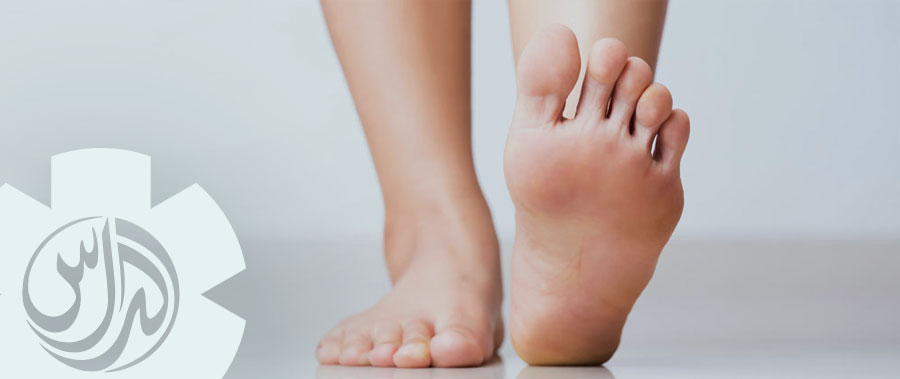A Guide to Ingrown Toenails: Causes, Symptoms, and Treatment Options
By Dr. Sergio Mazzei, General Surgeon

Ingrown toenails occur when the toenail grows into the surrounding skin, leading to potential infection and discomfort. Typically affecting the big toe, the condition is most caused by improper toenail cutting techniques, such as trimming the nails too short or along the sides. Ill-fitting shoes that constrain the toes can also be a contributing factor.
Ingrown toenails can irritate the skin, creating an entry point for bacteria and other microbes, thereby heightening the risk of infection. Signs of infection to look out for include:
- Swelling
- Pus
- Redness
- Severe Pain
- Fever
Approximately 20% of individuals seeking medical advice for foot issues present with an ingrown toenail.
The treatment methods may differ based on the severity of the condition and individual patient needs. Early-stage ingrown toenails can often be managed at home. However, for advanced or infected cases, medical consultation is advised for appropriate treatment, including antibiotics or surgical intervention.
For chronic or recurrent cases, ingrown toenail surgery may be the most effective long-term solution. This involves local anesthesia to numb the area, allowing the patient to remain awake but pain-free during the procedure. Consulting with an experienced orthopedic surgeon or podiatrist is essential for personalised treatment planning.
- Wedge Resection: A segment of the toenail is removed to prevent further inward growth. Also known as partial nail avulsion.
- Complete Toenail Removal: The entire toenail may be extracted, requiring up to 18 months for full regrowth.
- Tip of Toe Surgery: This is reserved for unique cases and involves reshaping the soft tissue at the tip of the toe.
- Matrixectomy: This entails removing both the toenail and the underlying nail bed and is usually considered when other methods have failed.
Post-surgery, the wound generally heals within weeks. Pain is expected to subside gradually and should completely cease as the wound heals. The regrowth timeline for the toenail varies among individuals.
If you’re dealing with an ingrown toenail, consult a qualified and experienced podiatrist or orthopedic surgeon. High-quality medical care minimises post-surgery complications and maximises the chances of full recovery and healthy nail regrowth.
Need Professional Help?
Struggling with recurrent ingrown toenails? Our expert general surgery team at Al Das Medical Clinic are here to provide personalised treatment options tailored to your needs. With clinics in Palm Jumeirah, The Meadows, and Golden Mile, comprehensive care is just a call away. Book your appointment today.
Book a visit 04 452 9998 or by filling the online form